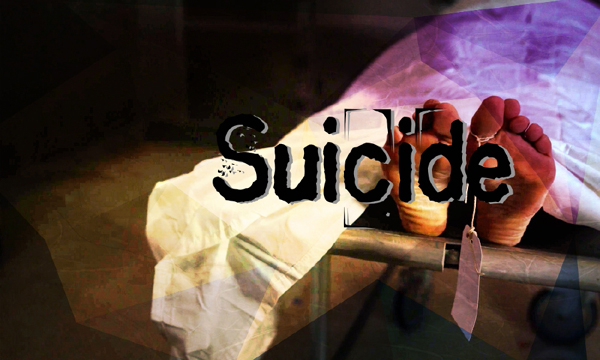Despite progress in national prevention strategies, one person dies by suicide every 40 seconds, the World Health Organisation’s (WHO) Director-General has lamented, highlighting key findings of the agency’s latest report on global suicide estimates. Speaking in Geneva ahead of World Suicide Prevention Day, recognised on 10
September, Dr Tedros Adhanom Ghebreyesus said, “every death is a tragedy for family friends and colleagues,” yet many more suicides can be prevented. All countries should “incorporate proven suicide prevention strategies into national health and education programmes in a sustainable way”, he added.
Since WHO’s first report on the issue was filed in 2014, the number of countries with national suicide prevention strategies has increased, and now stands at 38. However, this participation “is still far too few and governments need to commit to establishing them”, WHO said. Facts and figures on suicide.
Close to 800,000 people die by suicide every year, and for each death, there are more than 20 suicide attempts. Every year, suicide accounts for more deaths than war and homicide combined, and is the second leading cause of death among those aged 15-29, behind road injury, the health agency reports.
Globally, 79 per cent of suicides occur in low- and middle-income countries, however high-income countries have the highest rates of suicide. Incidents are three times higher among men than women in wealthier countries, while these rates are more equal in poorer nations.
Addressing causes, the link between suicide and mental health in well-established in high-income countries, however “many suicides happen impulsively in moments of crisis”, according to WHO.
“Experiencing conflict, disaster, violence, abuse or loss and a sense of isolation are strongly associated with suicidal behavior” WHO outlines in its list of key facts. Vulnerable groups who experience discrimination show higher rates of suicide and “by far, the strongest risk factor for suicide is a previous suicide attempt.”
The complex issue demands coordination across multiple sectors to boost prevention. Stigma surrounding mental disorders, lack of awareness of suicide as a major health problem, and a taboo in many societies to openly discussing it, means many people contemplating suicide are not getting adequate help.
WHO recommends better training of health workers and non-specialists alike in assessing and managing suicidal behavior in its guidelines for prevention, along with early treatment of mental health disorders, effective monitoring of alcohol and substance use, responsible reporting by the media, and reducing access to means of suicide. 20 per cent of global suicides down to pesticide poisoning
Pesticide poisoning, which the agency identifies as a less-commonly used but tragically “highly effective strategy”, accounts for 20 per cent of global suicides. Due to the high toxicity of many chemicals used in suicide attempts, this method often results in death. Regulations of highly hazardous pesticides in Sri Lanka have cut suicides by 70 percent, saving an estimated 93,000 lives in a ten-year span, and halved suicide deaths from poisoning in the Democratic People’s Republic of Korea between 2011 and 2013, WHO’s report shows.
WHO recognizes suicide as a “public health priority.” In 2008, the WHO Mental Health Gap Action Programme (mhGAP) launched as an evidence-based guide to scale up service for mental, neurological and substance use disorders.
WHO’s action plan for 2013-2020 sets a global target of reducing suicide rates by 10 per cent by 2020; in line with the UN Sustainable Development Goals, which sets a target of cutting suicide rates by one third up to 2030.
On World Suicide Prevention Day this Tuesday, WHO in collaboration with global partners, will launch the 40 seconds of action campaign to raise awareness of suicide around the world and methods of prevention. Campaign efforts will continue throughout 10 October on World Mental health Day, with suicide prevention as this year’s theme. (UNI




